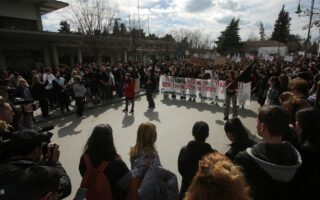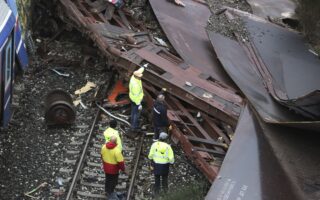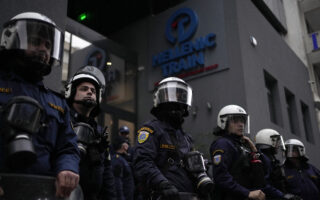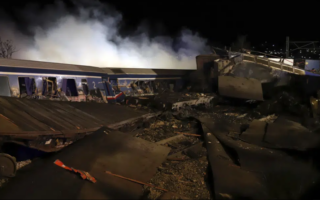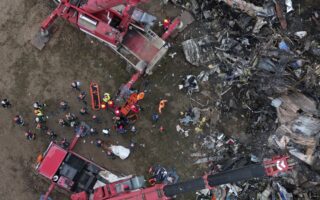Road safety black holes
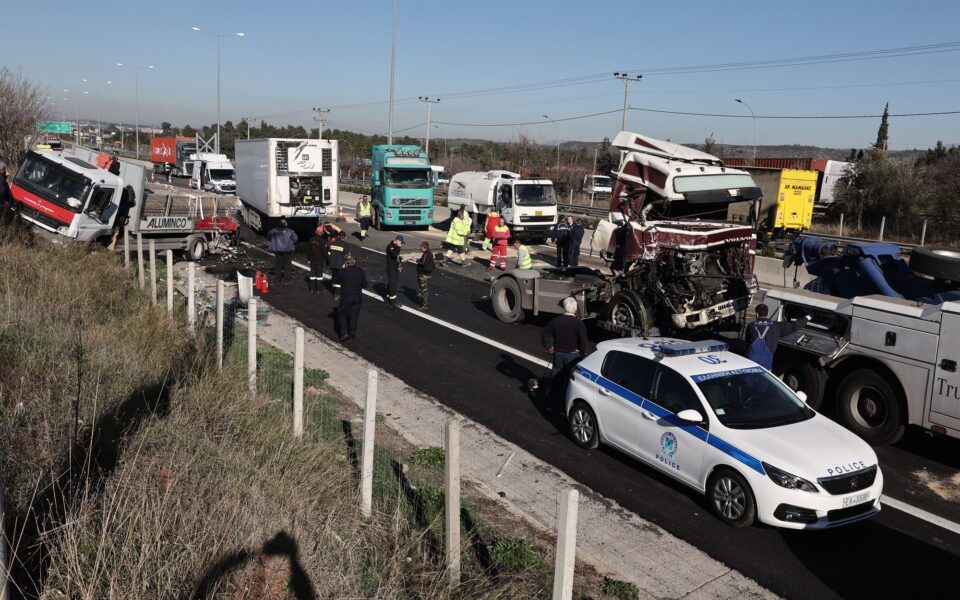
While Greece is still in mourning over the deadly train crash at Tempe, demand is widespread for a full-blown investigation into what happened and why it happened. At the same time, people expect the authorities to take measures to ensure that there will be no more innocent victims.
The February 28 disaster is a good reason for Greece to re-examine its road network. Officials should delve deep into the files of dubious national highway projects in order to stave off a repeat of a Tempe-like disaster on the tarmac. This column has repeatedly pointed a finger at the scandalous delays in upgrading the 40-kilometer stretch of road between the northern port city of Thessaloniki and the town of Evzonoi along the country’s main north-south road connection (A1), near the border with North Macedonia. The section in question is part of the European route to and from Central Europe.
Local authorities in Polykastro, in Greece’s Central Macedonia region, have issued several warnings over the dangerous road accident risk along what is formally a European high-speed motorway. After it was constructed more than 50 years ago in 1970, the road has received no upgrade work. Locals have staged numerous protests over the issue.
Officials should delve deep into the files of dubious national highway projects in order to stave off a repeat of a Tempe-like disaster on the tarmac
In 2020, the local government sent a letter to the responsible authorities which warned: “Although this road constitutes the central mainland gateway into the country, carrying 8 million vehicles per year, it has not been fully developed as a road with highway specifications, as movement is confined to a single traffic lane and an emergency lane in each direction and it does not feature median barriers.” The letter added that, “the first 15 km are the most dangerous, as 107 traffic accidents have occurred over the past 17 years, which makes for roughly 78 percent of the total number of accidents along that section of the highway. Forty-five people have lost their lives on these 15 km and more than 150 have been seriously injured, mostly in head-on collisions.”
Even more frustrating is the fact that after 2017, drivers joining this notoriously dangerous road from the direction of Evzonoi must pay tolls. Still, they risk being killed on an unsafe road. Asked about project delays, officials have usually offered bureaucratic excuses. Some actually blame the lack of progress on the influence of power centers which aim to sabotage access to North Macedonia. It should be noted that Greece’s Balkan neighbor has built state-of-the-art highways leading to the Evzonoi border post, as well as to the heart of Europe.
Perhaps this is the right time to investigate the reasons behind the deplorable state of Greece’s highways, to head off a possible disaster. Because when that happens, we will once again be fighting about where the blame lies.
